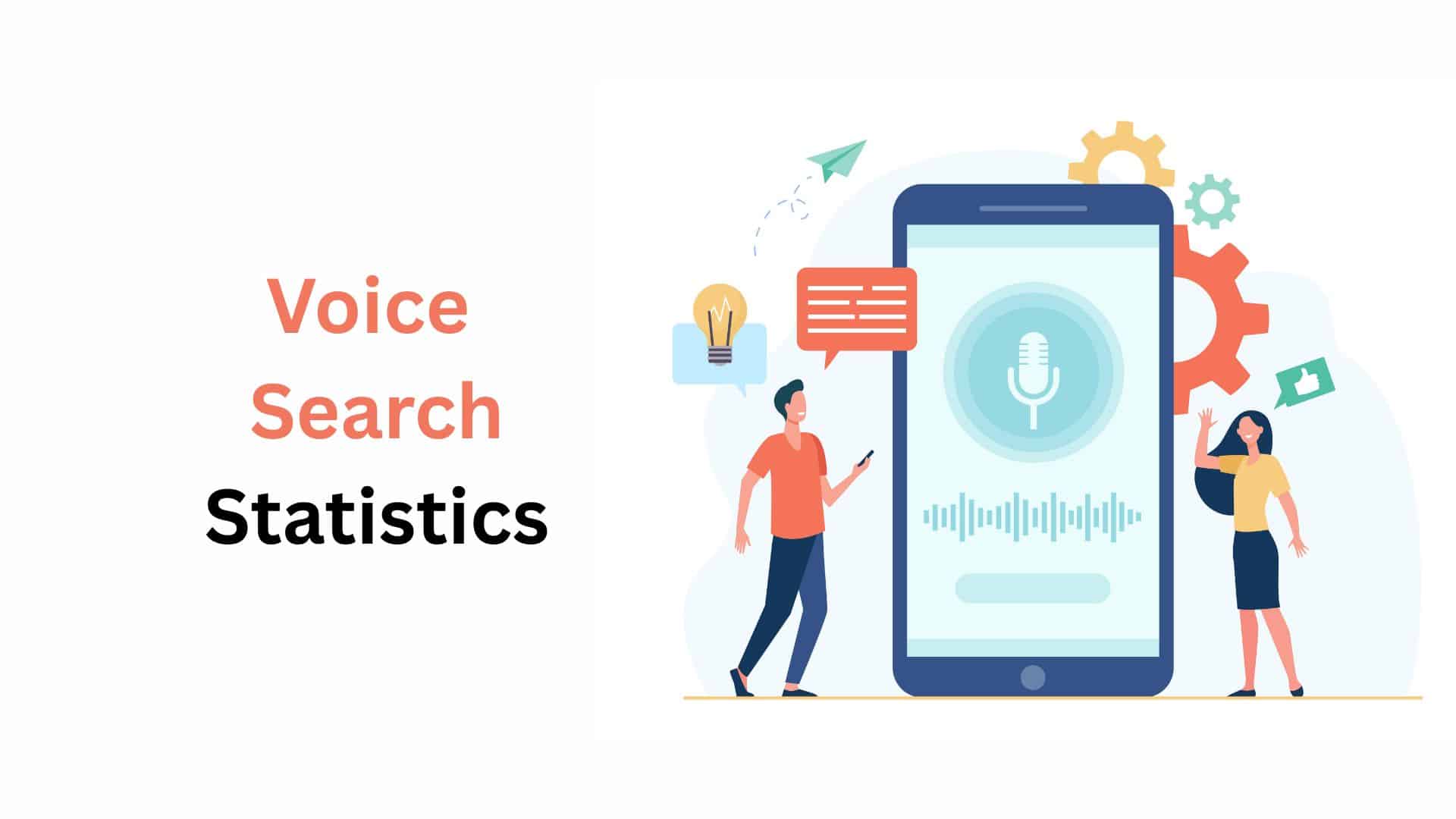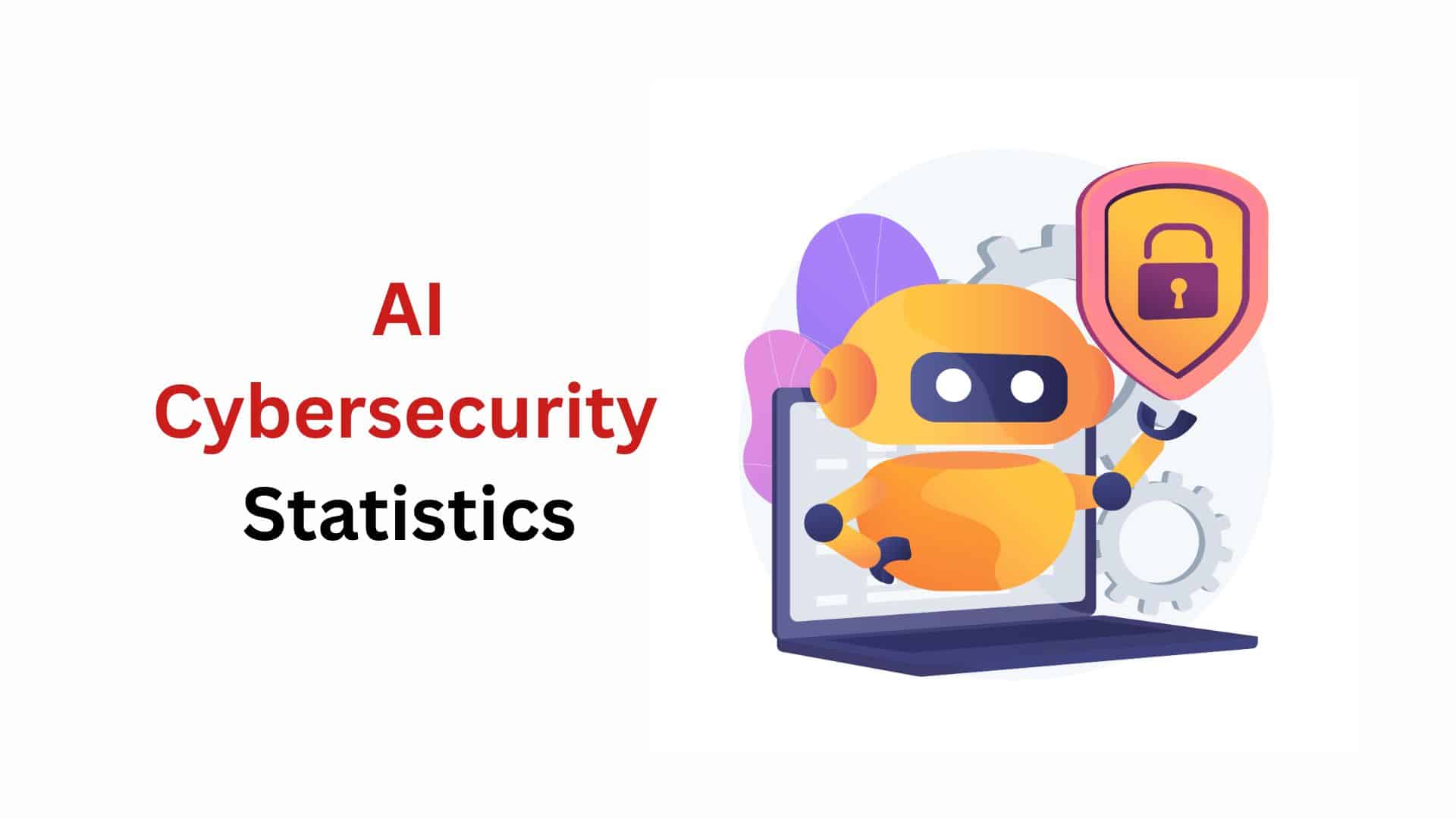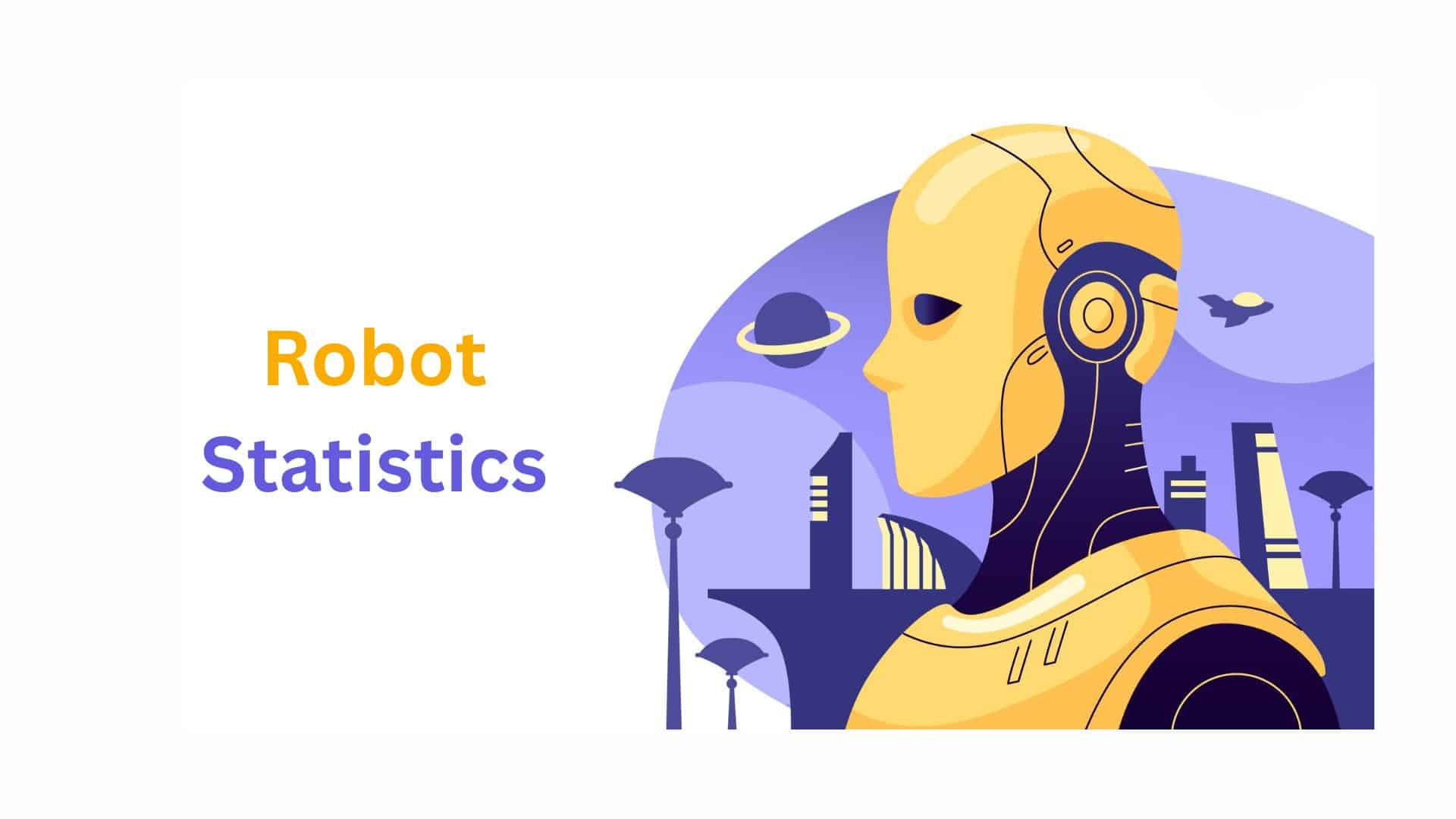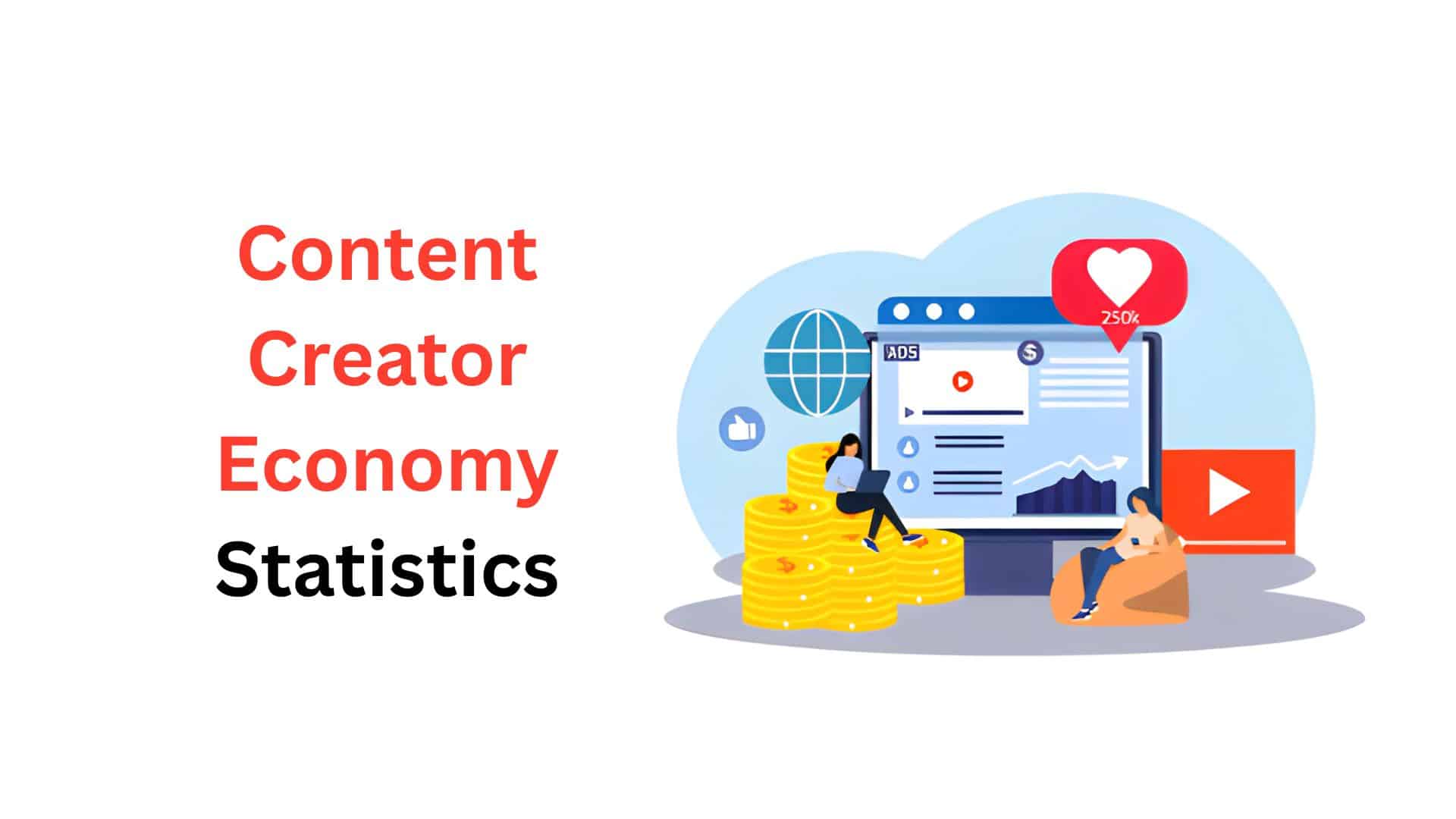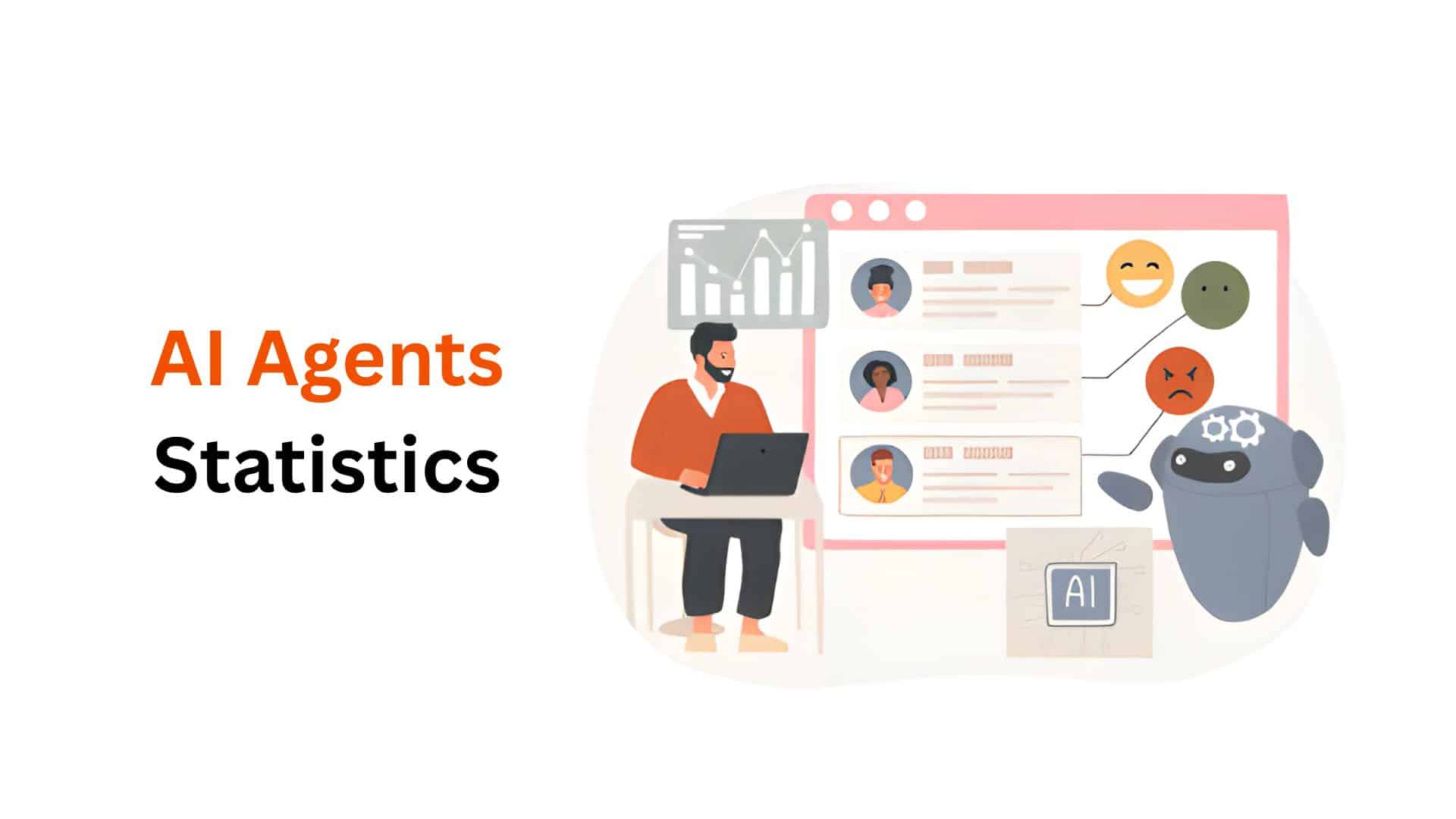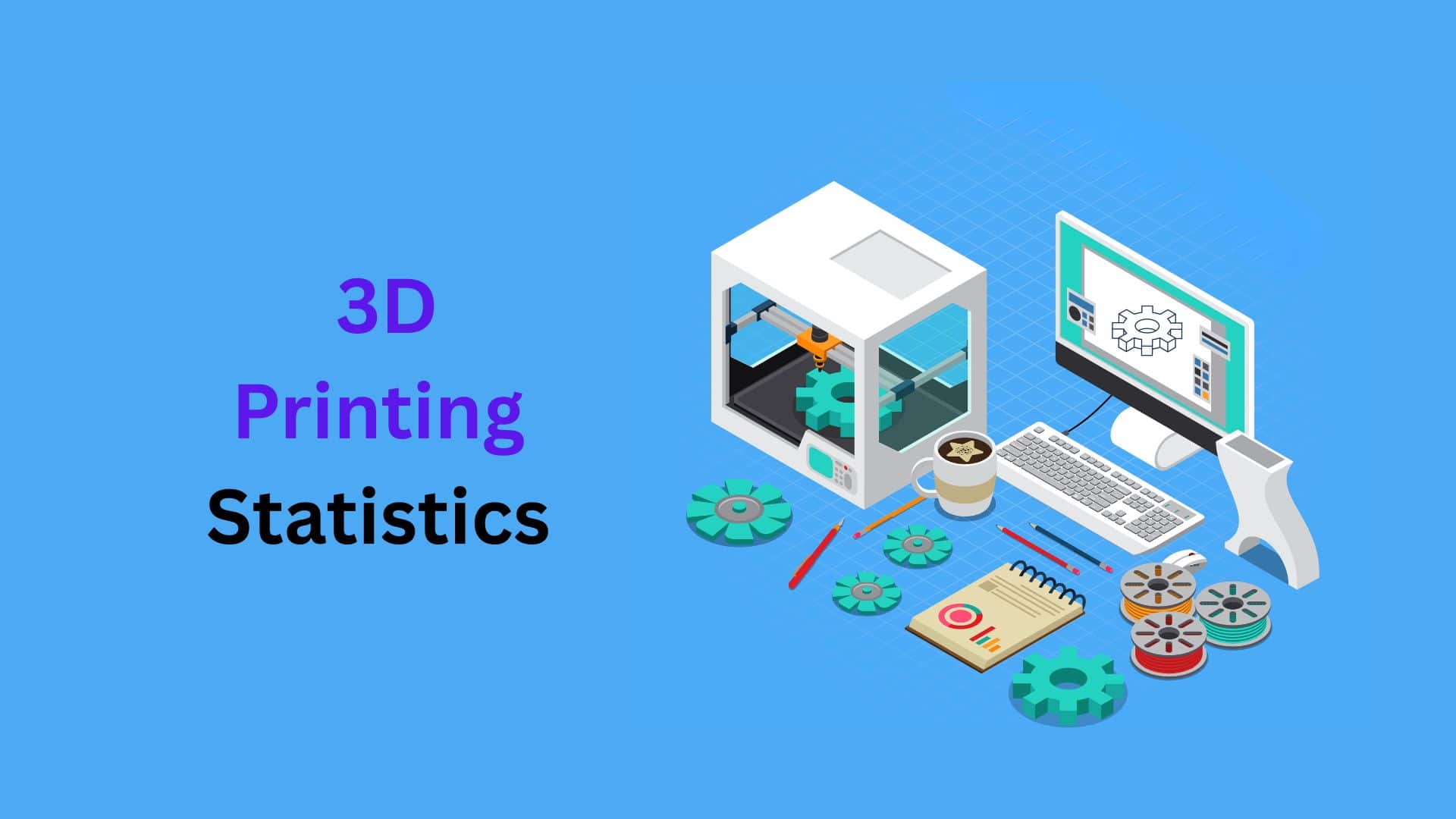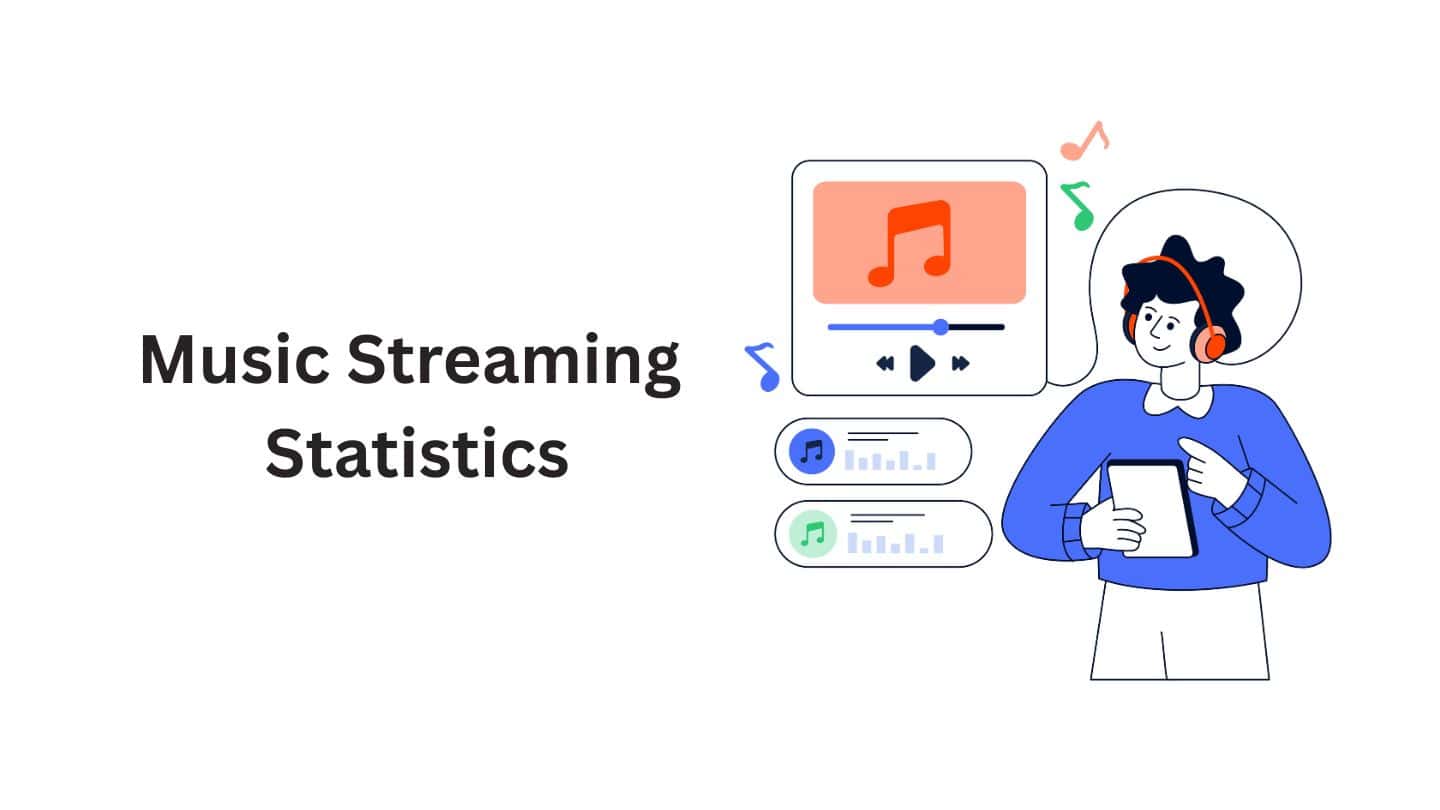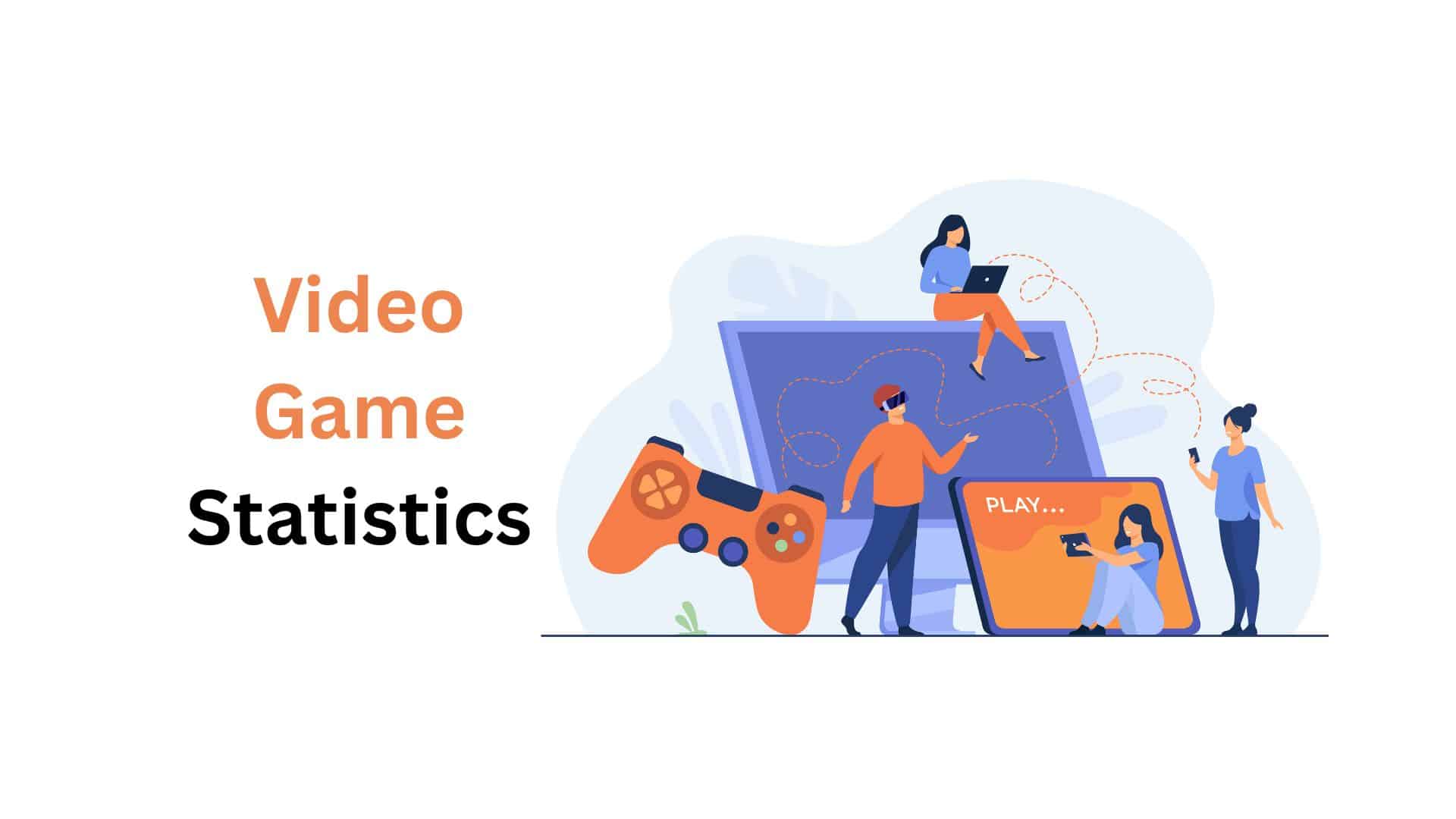Influencers Marketing Statistics By Market Size, Platform And Facts (2025)

Updated · Oct 07, 2025

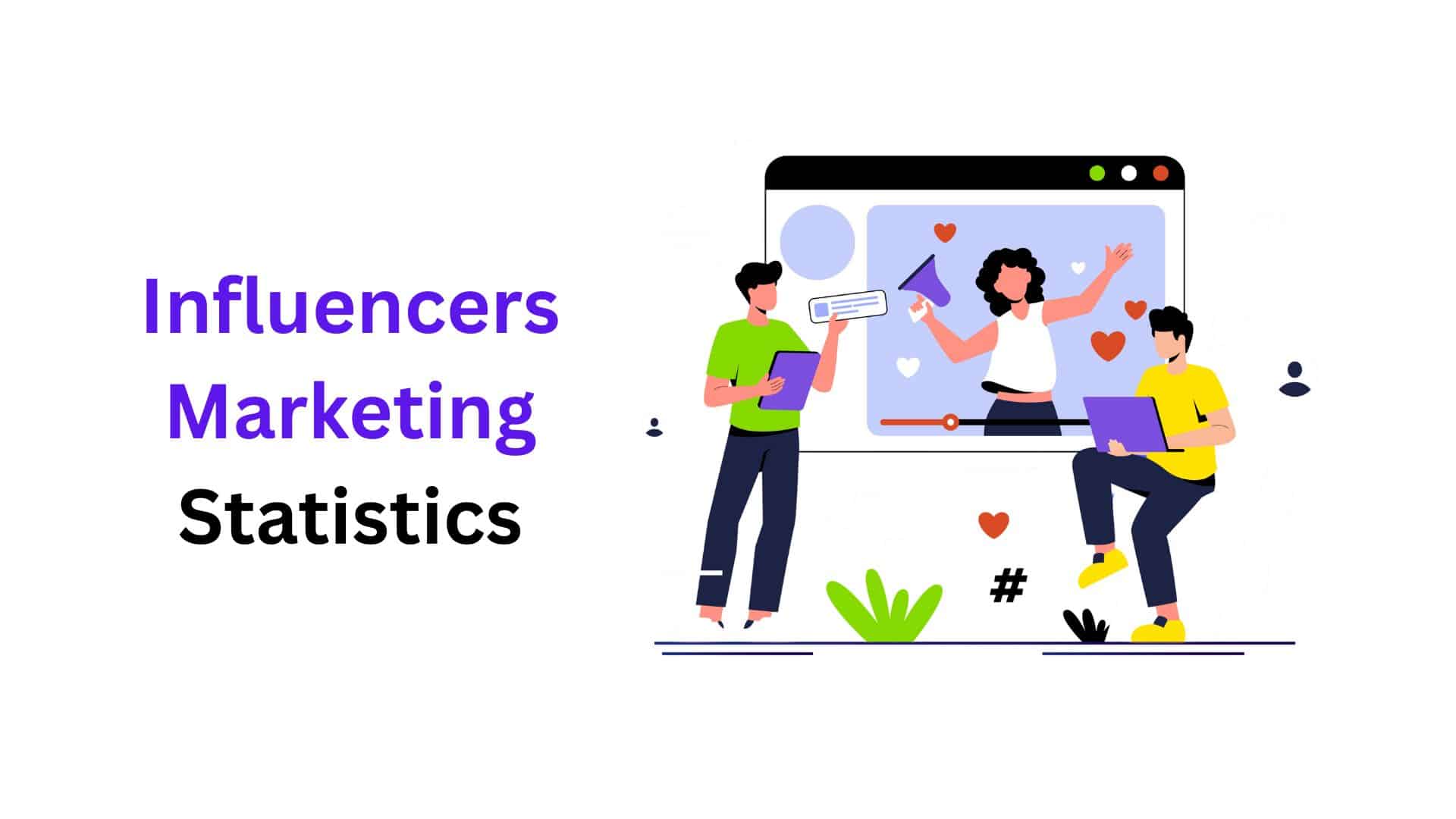
WHAT WE HAVE ON THIS PAGE
- Introduction
- Editor’s Choice
- Growth of the Influencer Marketing Industry
- Influencer Marketing Market Size
- Data on Influencer Marketing ROI
- Platform Dominance – Where Influencer Marketing Spends Most of Its Time?
- Influencer Marketing by Tier
- Consumer Behavior – How Influencer Marketing Drives Purchases?
- Future Expectations of Influencer Marketing – AI, Authenticity, and Automation
- Conclusion
Introduction
Influencers marketing statistics: It’s hard to imagine the digital landscape today without a creator recommending a product, service, or lifestyle choice. From your morning coffee to your next vacation, the decisions we make are increasingly changed, or even manipulated by people we follow online. This verifiable influence has cemented influencer marketing as a critical pillar of the modern advertising ecosystem, moving to a multi-billion-dollar global economy.
The core of influencer marketing is simple: “trust”. When a trusted voice endorses a brand, the recommendation bypasses the skepticism often associated with traditional ads. But just how massive is this industry now? How much money is changing hands, and most importantly, what return are brands actually getting? I’d like to discuss much of the analyzed market data, and crunched the numbers to bring you the most detailed Influencer Marketing Statistics for 2025. Let’s get into it.
Editor’s Choice
- The Influencer Marketing industry is valued at over $32.55 billion in 2025, showing an explosive growth rate that far surpasses traditional advertising channels.
- The average return for brands is highly favorable, generating $5.78 in revenue for every $1 spent on a typical influencer marketing campaign.
- Trust is the core engine, as 69% of consumers rely on recommendations from the influencers they follow when making purchasing decisions.
- Nano-influencers (those with under 10,000 followers) are the most engaging, consistently delivering the highest audience engagement rate at around 53%.
- Gen Z is the most influenced demographic, with 74% citing influencers as their primary channel for product discovery.
- Video content is non-negotiable, as platforms like TikTok offer engagement rates that can exceed 15% for smaller creators, making short-form video the dominant format.
- Sales/Conversions are the top priority for brands, with 6% of marketers focused on this objective when running an influencer marketing campaign.
- The future is automated, with 63% of marketers planning to use AI tools to improve the efficiency of finding and managing the right creators for their brand.
- Instagram and TikTok are the undisputed leaders, with over 50% of brands prioritizing both for their influencer marketing efforts.
- Long-term partnerships are favored for authenticity, with 79% of influencers preferring ongoing collaborations over one-time posts with brands.
Growth of the Influencer Marketing Industry
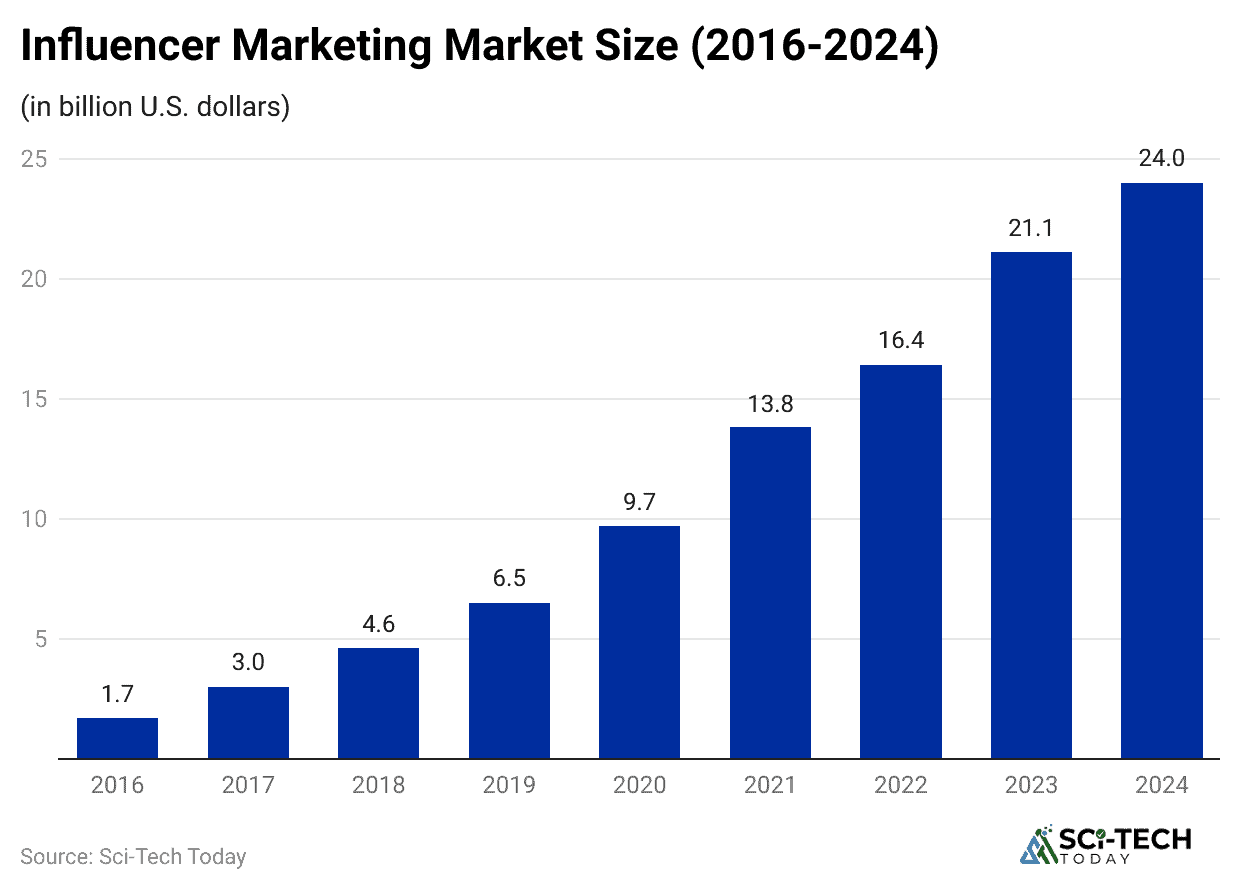
- The market valuation has grown more than tenfold in less than a decade, starting from a modest $1.7 billion in 2016 and surging to an estimated $24 billion in 2024, showcasing an average annual growth rate exceeding 40%.
- Between 2024 and 2025, the global influencer marketing industry is projected to grow by an impressive 35.63%, a growth rate that significantly outpaces that of traditional digital advertising methods.
- By 2030, social media ad spending is projected to reach an estimated $276.7 billion, with the majority of this being generated through mobile platforms and heavily influenced by creator-driven content.
- A significant chunk of marketing budgets is now dedicated to this channel; an estimated 22.4% of businesses globally allocate 10% to 20% of their total marketing budget toward influencer marketing efforts.
- 4% of brands have confirmed their intention to increase their spending on influencer marketing over the next 12 months, signaling continued high confidence and investment in the space.
- In terms of volume, the United States leads the global landscape, accounting for 22.7% of all sponsored posts by influencers in 2024, totaling an impressive 18.9 million pieces of content.
| 2023 | $21.1 Billion |
| 2024 (Estimated) |
$24.0 Billion |
|
2025 (Projected) |
$32.55 Billion |
| YoY Growth (2024-2025) |
35.63% |
Influencer Marketing Market Size

Rise of Virtual Influencers (CGI Celebrities)
According to Market.us, these are computer-generated personalities that are building massive audiences and earning real money. The market for them is not just growing, it’s exploding like anything before.
The Massive Growth and Market Value
- The entire market for virtual influencers is set to skyrocket from $8.5 billion in 2025 to a massive $170.2 billion by 2034. That’s an astonishing annual growth rate of nearly 40%.
- This boom is entirely powered by brands flocking to social media platforms for their advertising and marketing campaigns.
Who and What is Dominating?
- Human-looking avatars dominate the market, holding over 65% of the share. Why? Because people still prefer digital personalities that feel realistic and relatable.
- The software and services that create, manage, and scale these virtual influencers lead the market, capturing over 57% of the total revenue.
- The Fashion & Lifestyle industry was one of the earliest and biggest adopters, making up over 30% of the market because virtual influencers are perfect for setting trends.
- The region is currently the largest market, responsible for over 40% of the global business, with the U.S. market alone valued at $2.3 billion in 2024.
The Audience and Engagement
- A significant number of people (58%) follow at least one virtual influencer, drawn in by their unique content, storytelling, and inspiration.
- Young Gen Z consumers are the most engaged (75%), and more than a third of them (35%) have already purchased a product promoted by a virtual personality.
- Even with this popularity, 24% of users are still unaware that virtual influencers even exist, showing a huge opportunity for awareness campaigns.
The Digital Marketing Market Growth
To manage all the online campaigns, brands rely on specialized software. This is the essential tech stack powering modern marketing.
Market Growth and Spending
- The market for software used by marketers is projected to nearly quadruple in size, growing from $78.6 billion in 2024 to $310.9 billion by 2033.
- The majority of marketing budgets, 72%, are now allocated to digital marketing, a clear sign that traditional media is being replaced.
- Most businesses (63%) have increased their digital marketing budgets recently, and small businesses are following suit, with 94% planning to spend more in 2024.
The Tools and Segments in Charge
- Cloud-based solutions dominate the software market (over 58.4% of the share) because they offer flexibility, scalability, and better cost management.
- Despite newer channels, Email Marketing software remains the largest segment, capturing over 31.2% of the market, thanks to its power for personalized communication.
- The BFSI (Banking, Financial Services, and Insurance) sector is the heaviest user, making up over 21.4% of the market, driven by the need for strong, personalized customer engagement.
- Large enterprises are the biggest spenders, holding over 52.4% of the market share, as they have the resources for comprehensive software solutions.
Advertising Trends and Future Jobs
- Search advertising (like Google ads) still accounts for the largest chunk of ad spend (40.9%). However, digital display advertising (banner and video ads) is growing at a faster rate (15.5% CAGR vs. 12.2% for search).
- All this digital activity requires specialized talent. The demand for digital marketing professionals is expected to increase by 6% by 2032.
Data on Influencer Marketing ROI
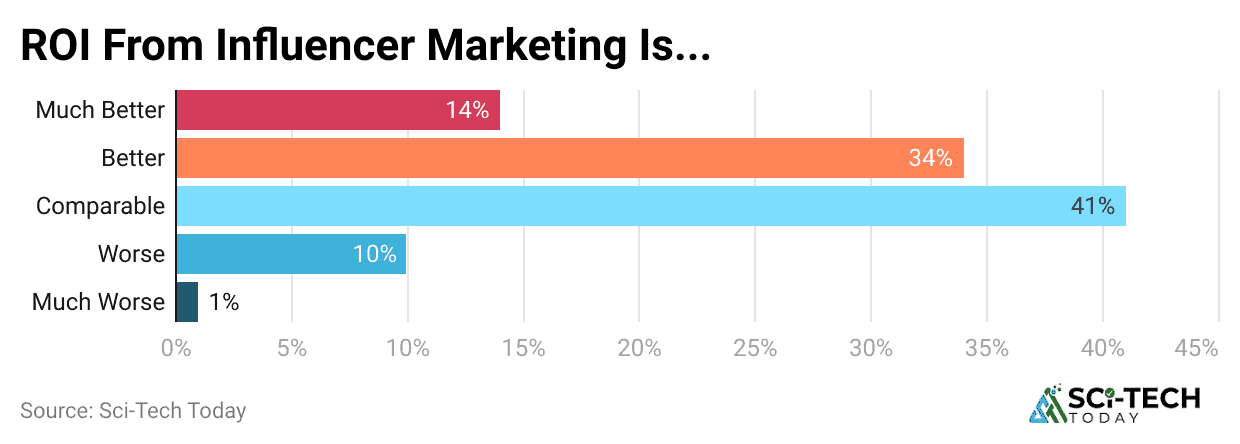
- The industry benchmark for return on investment is a substantial $5.78 in revenue for every $1 spent on a campaign, which is one of the highest average ROIs across all digital marketing channels.
- Top-performing campaigns can see a return of $20 or more for every $1 invested, representing a return on investment of over 2000% for brands that successfully nail their niche and influencer selection.
- 8% of marketers report that the ROI achieved from influencer marketing is either comparable to or superior to other marketing channels, justifying the increasing budget allocations.
- 36% of brands state that content created by influencers outperforms their own brand-created content on social media platforms, indicating that authenticity drives superior engagement and conversion.
- When measuring campaign success, 54.3% of brands track ROI using impressions, reach, or views, followed by clicks/engagement (23.5%), and then sales/conversions (22.1%), demonstrating a dual focus on both awareness and direct sales.
- About 22% of marketers identify influencer marketing as their most cost-effective customer acquisition channel, highlighting its efficiency compared to platforms like paid search or banner ads.
| Average Revenue per $1 Spent | $5.78 |
| Marketers Find it Effective | 85% |
| Brands Where Influencer Content Outperforms Branded Content | 36% |
| Top ROI Tracking Method | Impressions/Reach (54.3%) |
Platform Dominance – Where Influencer Marketing Spends Most of Its Time?

- Instagram remains a cornerstone of influencer marketing, with 57.1% of all brands still prioritizing it for their campaigns, largely due to the success of Reels and its visual commerce features.
- TikTok has rapidly caught up, with 51.6% of brands utilizing it, a massive jump driven by its exceptional engagement rates and its crucial connection to the younger Gen Z demographic.
- In terms of engagement, TikTok stands out with rates reaching 15.04% for smaller accounts, far outperforming Instagram’s average of about 2.05% and YouTube’s highest average of 3.47%.
- YouTube remains a powerhouse for high-value video content and tutorials, preferred by 37% of brands for campaigns that require longer format storytelling and deeper product dives.
- LinkedIn is showing consistent, albeit slower, growth in the B2B space, now used by 11.6% of brands, illustrating the expansion of influencer marketing beyond just consumer products.
- In the content war, short-form video is indisputably king, with 87% of all content requested from micro-influencers being in the form of short videos like TikToks and Instagram Reels, driving current content strategy.
| 57.1% | Reels and Visual Commerce | |
| TikTok | 51.6% | Short-Form, High-Engagement Video |
| YouTube | 37.0% | Long-Form Tutorials and Reviews |
| 28.0% | Community and Live Shopping |
Influencer Marketing by Tier
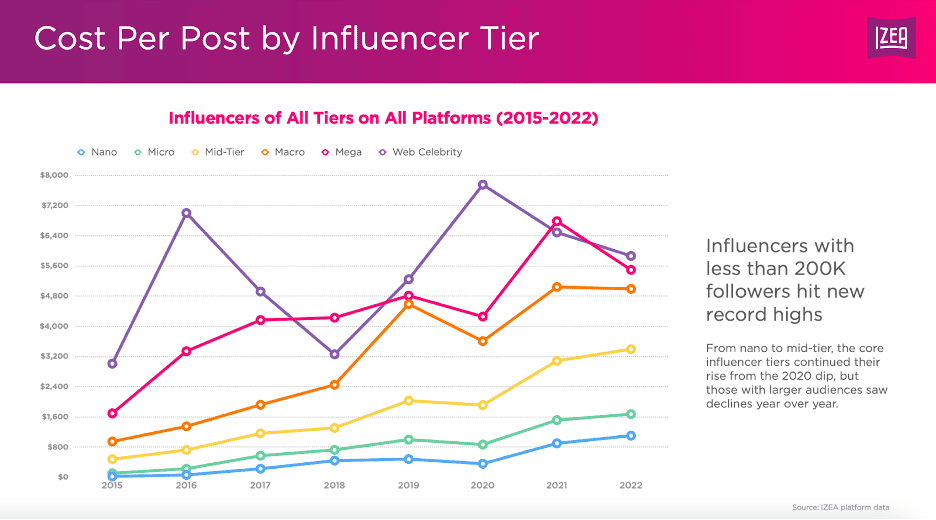
- Nano-influencers (under 10k followers) dominate the landscape, making up 65% of all Instagram influencers and offering a higher engagement rate of approximately 2.53%, making them highly cost-effective.
- Micro-influencers (10k to 100k followers) are the preferred choice for a large portion of brands, with about 44% of brands opting to work with this tier due to their balance of reach and high audience trust.
- Brands are typically working with a wider network, with 49.6% of brands collaborating with 1 to 5 influencers per campaign, while only a mere 2.8% engage with more than 100 influencers at a time.
- The vast majority of influencers globally, nearly 77% on Instagram, have a following of less than 10,000, confirming that the market is saturated with small, authentic creators rather than mega-stars.
- In terms of cost, a single sponsored Instagram post from a nano-influencer ranges from $10 to $100, whereas a mega-influencer can command $10,000 or more, illustrating the massive cost-benefit of smaller creators.
- Long-term partnerships are increasingly preferred, with 79% of influencers seeking sustained relationships with brands, which helps foster greater authenticity and trust with the audience over time.
| Nano-Influencers | 10,000 | 2.53% (Highest) |
| Micro-Influencers | 10,000 to 100,000 | 1.7% |
| Macro-Influencers | 100,000 to 1,000,000 | 1.1% |
| Mega-Influencers | 1,000,000 | 0.95% (Lowest) |
Consumer Behavior – How Influencer Marketing Drives Purchases?
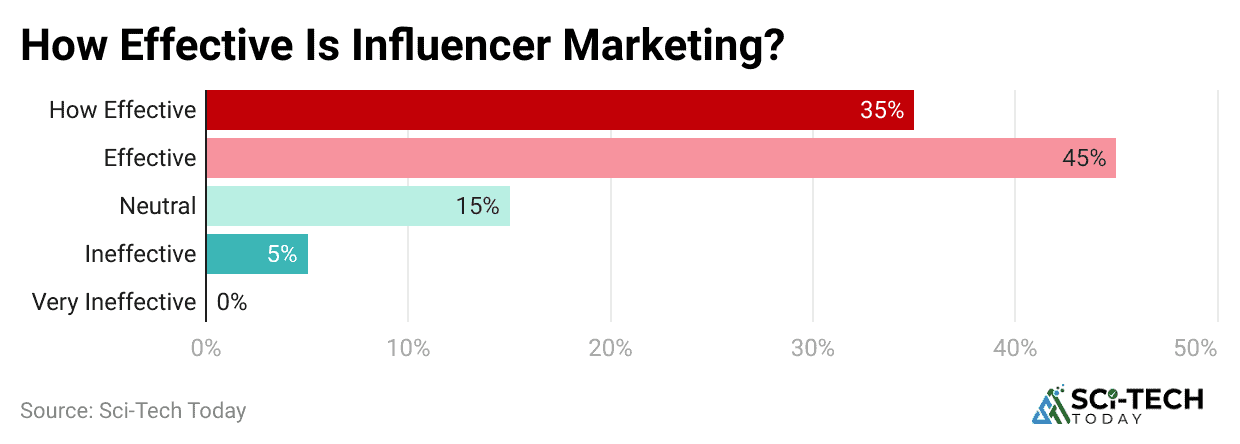
- A powerful 69% of consumers state that they trust the recommendations and reviews from influencers they follow, which is a significantly higher level of trust than they place in traditional advertisements.
- Gen Z shoppers are the most susceptible to influencer marketing, with 74% stating that influencers are their primary product discovery channel during the bulk of their free time spent online.
- Nearly 50% of consumers say that influencer content drives their daily, weekly, or monthly purchases, underscoring the consistent and tangible impact of this marketing channel on consumption habits.
- 31% of social media users report that they discover new products exclusively through influencers, indicating that creators act as a vital filter for information overload and product curation.
- The content deemed most effective is genuine reviews, which 64% of consumers believe is the most trustworthy type of influencer content, reinforcing the need for authentic and unscripted endorsements.
- The purchase loop is also closing rapidly, as 86% of consumers admit to making a purchase inspired by an influencer at least once per year, showing that the occasional inspiration turns into routine purchasing behavior.
| Trust in Influencer Recommendations | 69% of Consumers |
| Gen Z Primary Product Discovery | 74% |
| Making a Purchase Annually Due to Influencers | 86% of Consumers |
| Preferred Content Type for Trust | Genuine Reviews (64%) |
Future Expectations of Influencer Marketing – AI, Authenticity, and Automation

- AI Integration is becoming standard practice, with 63% of marketers planning to use AI tools in their campaigns, primarily for tasks like efficient influencer identification and detecting fraudulent engagement.
- The demand for authenticity and niche content is a major trend, with 35.3% of experts highlighting a growing preference for creators who share relatable, topic-specific content over broad lifestyle figures.
- Live Shopping is a significant emerging trend, with this segment of the industry predicted to generate an incredible $35 billion in sales by 2025, driven by interactive creator-led video streams.
- A key challenge for marketers remains measuring ROI, with 26.2% of brands citing it as their biggest struggle, followed by finding the right influencers (30%) amidst the noise.
- Virtual influencers are also gaining traction, with 62.2% of marketers reporting using them in 2024, demonstrating an increasing willingness to experiment with digital-only personas for brand promotion.
- The focus is heavily shifting from one-off promotions to sustained community building, with 46.9% of experts focusing on long-term, sustained engagement strategies rather than singular campaign bursts.
| Marketers Using AI | 63% |
| Live Shopping Sales Projection (2025) | $35 Billion |
| Top Marketer Challenge | Finding Influencers (30%) |
| Focus on Long-Term Strategy | 46.9% of Experts |
Conclusion
Overall, these stats make it clear. What began as a collection of social media endorsements has matured into a multi-billion-dollar global industry, and the data show that influencer marketing is not slowing down either. Its rapid growth, superior ROI, and the deep, proven trust it controls among consumers, especially younger demographics, make it an essential component of any modern marketing strategy.
From the financial performance of $5.78 in revenue for every $1 spent to the strategic shift towards high-engagement nano and micro-influencers, every information points toward a future where creator-led content dominates. For any brand looking to connect genuinely and effectively with its audience, understanding these statistics is so critical. Thanks for staying up till the end, hope you guys like this article.
Sources
FAQ.
The Influencer Marketing industry is currently valued at an estimated $24 billion in 2024 and is projected to grow to over $32.55 billion by the end of 2025. This massive and fast-growing market has more than tripled in value over the last few years.
The average Return on Investment (ROI) is very high, typically standing at $5.78 in revenue for every $1 spent. However, highly effective campaigns can generate returns of $20 or more for every $1 invested.
The highest engagement rates come from Nano-influencers (those with under 10,000 followers), who have an average engagement rate of about 2.53%. This is higher than mega-influencers, proving that a smaller, more dedicated audience is often more valuable.
The two leading platforms are Instagram and TikTok, both of which are used by over 50% of brands. While Instagram is favored for visual commerce, TikTok is dominant for high engagement, with its short-form video content leading the market.
Yes, they do. A significant majority, 69% of consumers, trust product recommendations given by the influencers they follow. This high level of trust is why Influencer Marketing often outperforms traditional advertisements.
The primary goal is Sales and Conversions, cited by 35.6% of brands. However, many brands also use it heavily for Brand Awareness and generating authentic User-Generated Content (UGC).
Yes, the use of AI is rapidly increasing. 63% of marketers plan to use Artificial Intelligence tools, mainly to make the process of finding the right influencers more efficient and to check for fake followers or fraudulent engagement.
The cost varies widely by follower count. For a single sponsored Instagram post, a nano-influencer might charge between $10 and $100, while a macro-influencer (over 100k followers) can easily charge $1,000 to $5,000.

Barry is a technology enthusiast with a passion for in-depth research on various technological topics. He meticulously gathers comprehensive statistics and facts to assist users. Barry's primary interest lies in understanding the intricacies of software and creating content that highlights its value. When not evaluating applications or programs, Barry enjoys experimenting with new healthy recipes, practicing yoga, meditating, or taking nature walks with his child.
